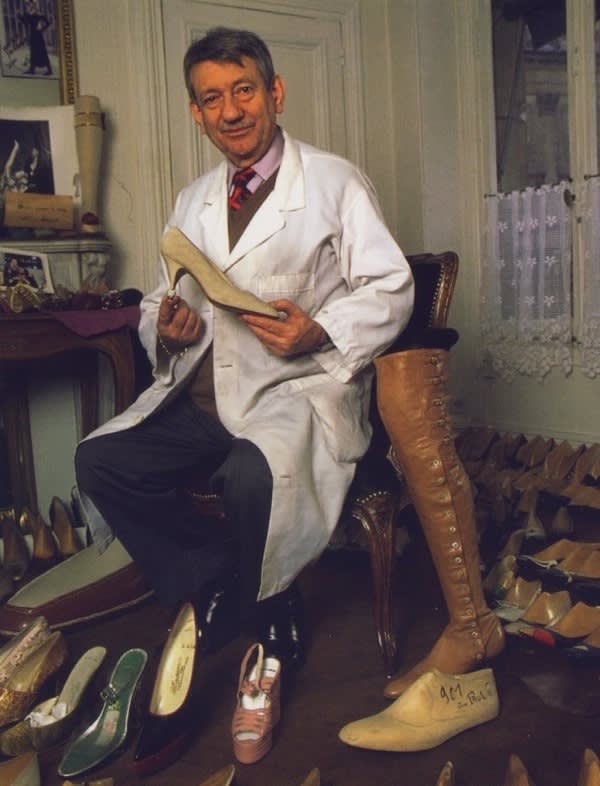
Raymond Massaro
Pictured holding a Roger Vivier 'Ball Heel'
The art of couture would be incomplete without perfectly crafted footwear. Maison Massaro was founded in 1894 with the objective of providing international clients with timeless, tailor-made creations for their feet. Early on, the house of Massaro developed ties with Parisian Haute Couture firms and became a regular collaborator with the likes of Coco Chanel, Elsa Schiaparelli, Madame Grès and Christian Dior. With a passion for precision, commitment to originality, and excellence in craftsmanship, Maison Massaro is responsible for fabricating some of the most iconic shoe designs of the twentieth century for everyone from Azzedine Alaïa, and Christian Lacroix, to Karl Lagerfeld and Jean Paul Gaultier.

Roger Vivier
Ball Heel
Following a career-altering partnership with Madame Grès in 1954 to produce the first elasticized ballerina slipper, which influenced an entire period of footwear to follow, the house of Massaro was contracted to fabricate Roger Vivier’s first ‘ball heel’ evening shoe. With a leather-covered shell and a pavé crystal sphere at the base of the heel, this extremely innovative footwear design was initially shown to press in August 1955 and quickly became a signature of the Vivier brand.
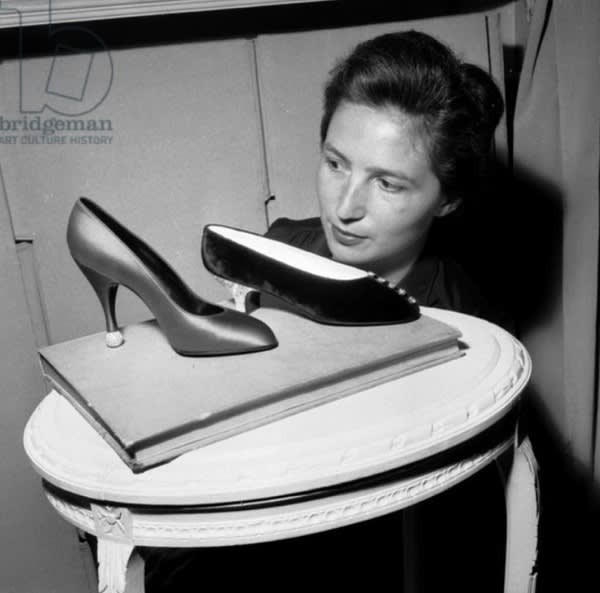
Riger Vivier Ball Heel
The Original Showcase, August 1955
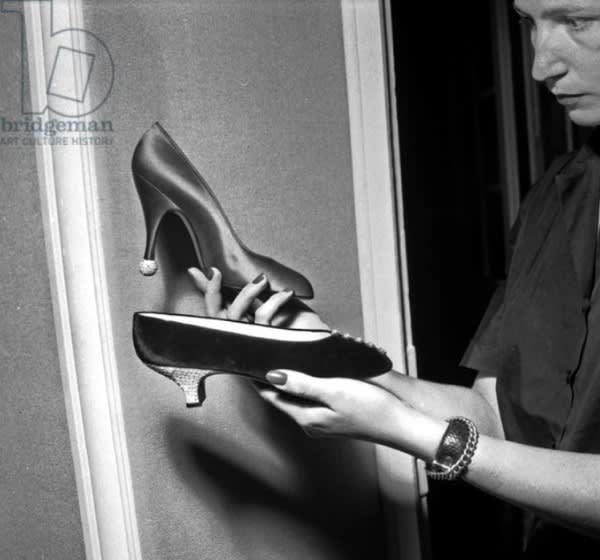
Riger Vivier Ball Heel
The Original Showcase, August 1955
In 1957 Gabrielle “Coco” Chanel, together with Maison Massaro, created her first bi-colored leather sling backs with shorter-than-normal, 6-centimeter block heels, a radical design choice at a moment in fashion when higher elevations were the norm. The coloration of the shoe’s beige leather shell coupled with its black, rounded point-toe, was intended to lengthen the female leg while making the wearer’s foot appear smaller. For decades to follow, Chanel’s footwear creations have been evocative of this style, while the bi-colored design is still a trademark of the house today.

Chanel and Maison Massaro
Bi-Colored Heel, 1957
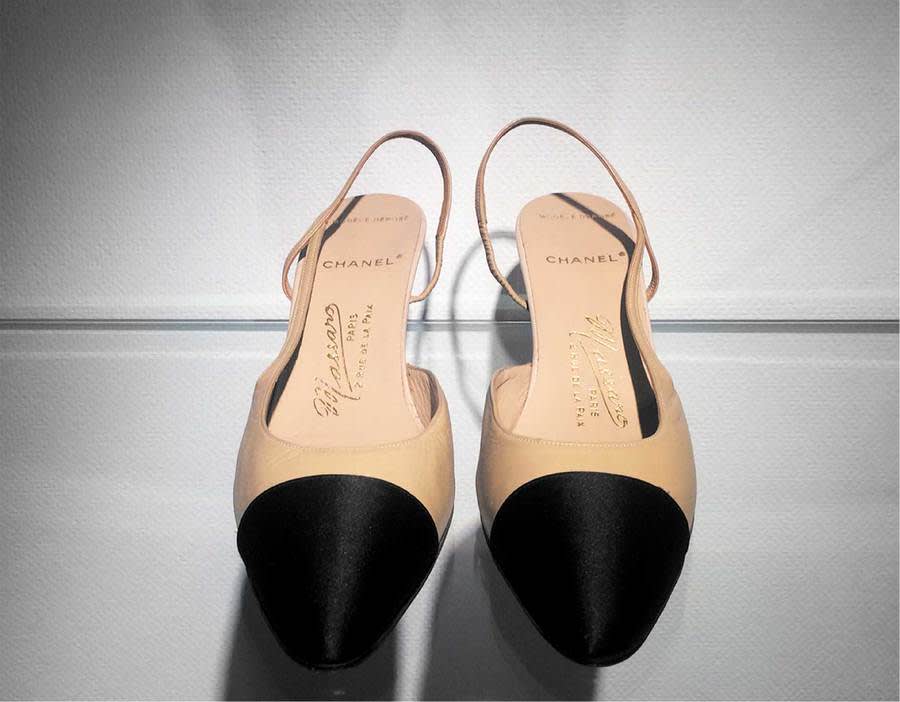
Chanel and Maison Massaro
Bi-Colored Heel, 1957
Since the 1950s Chanel and Maison Massaro have continued a fruitful collaborative relationship, testing their limitations each season with Karl Lagerfeld’s creative designs, ranging from transparent, plastic pumps and cork platforms, to beaded heels, boots as leggings, and Chanel’s famous haute couture tweed tennis shoes from spring 2014.
Chanel Couture Sneaker
Spring/Summer 2014
Chanel Couture Sneaker
Spring/Summer 2014
Chanel Couture Sneaker
Spring/Summer 2014
Chanel Couture Sneaker
Spring/Summer 2014
In 1991 Tunisian designer Azzedine Alaïa fabricated his iconic “Crossed Legs” high heels with Raymond Massaro, son of Maison Massaro founder, Sébastien. The shoe was constructed of black, glazed leather and red kidskin accents with a hand-carved heel sculpted in resin, depicting lengthy crossed legs and a toned female bum. The leg heels are a feat of craftsmanship and engineering and remain an exemplary accessory design throughout Azzedine Alaïa’s highly provocative and sexualized career.
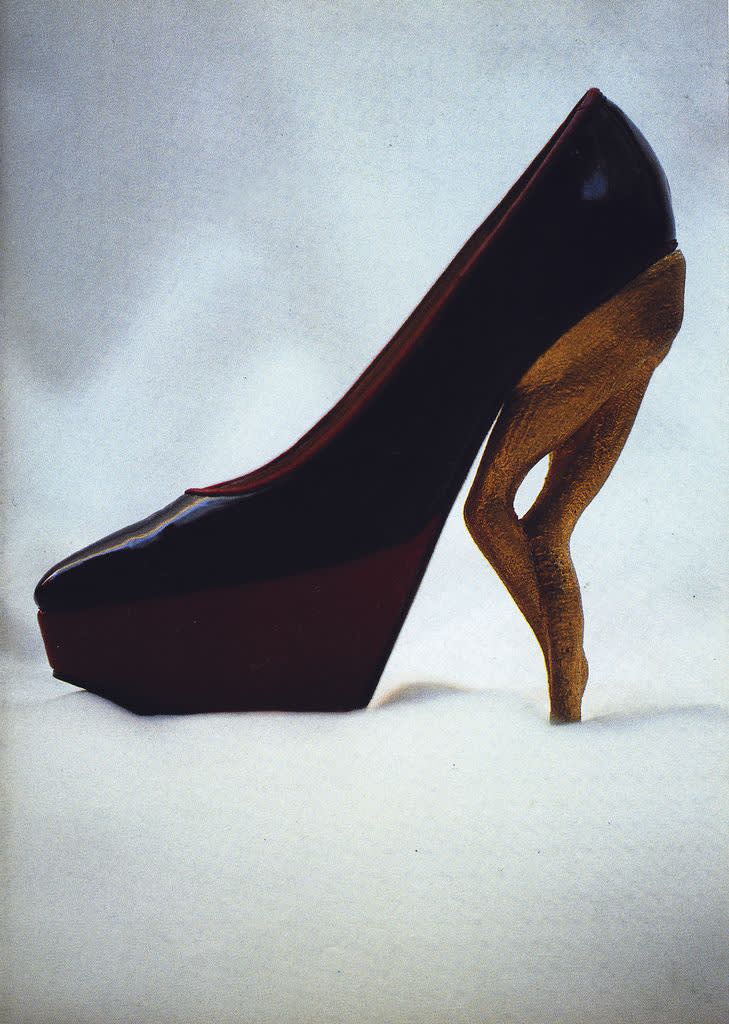
Azzedine Alaïa and Maison Massaro
Leg Heel, 1991
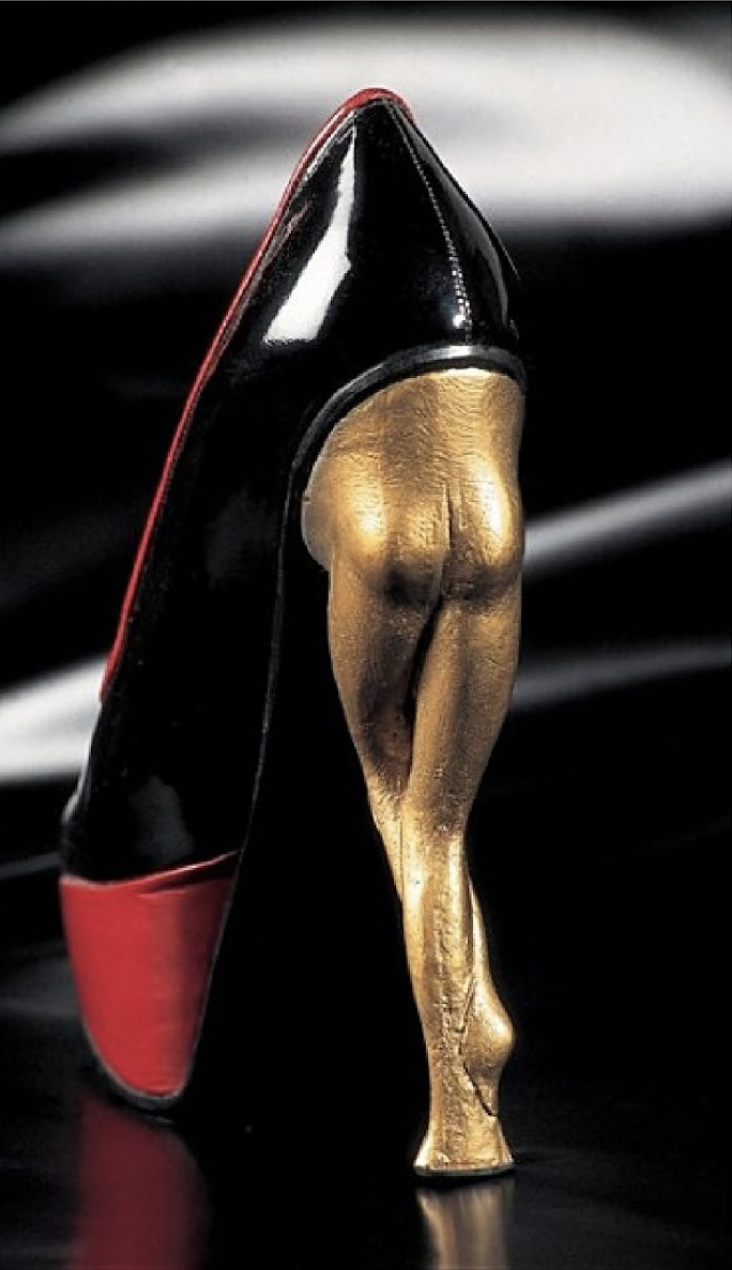
Azzedine Alaïa and Maison Massaro
Leg Heel, 1991
Jean Paul Gaultier, fashion’s principle enfant terrible of the 1980s and 90s, is responsible for some of the most progressive clothing and accessory designs to emerge from any Parisian atelier. Case in point, Gaultier’s ‘Cleat Heels’ from the designer’s spring/summer 1993 runway collection were amongst the most avant-garde shoe designs of the 20th century. The groundbreaking style, fabricated by Maison Massaro, took inspiration from a traditional football boot, which Gaultier flipped on its head with the idea to extend the height of the sole’s textured studs at the bottom of the utility sporting shoe. Although this particular style was never put into production, Gaultier and Massaro created versions of the shoe in black, metallic silver and red patent leather specifically for the designer’s spring 1993 runway show.
Jean Paul Gaultier and Maison Massaro
Cleat Boots, Spring/Summer 1993
Jean Paul Gaultier and Maison Massaro
Cleat Boots, Spring/Summer 1993
Jean Paul Gaultier and Maison Massaro
Cleat Boots, Spring/Summer 1993
The age-old question of ‘Is fashion art?’ can finally be put to rest in the context of Maison Massaro’s creations. Each shoe more beautiful than the last, the house of Massaro cultivates true artists who choose to express themselves through the medium of footwear.


